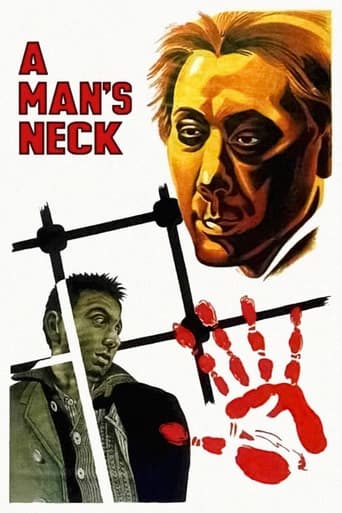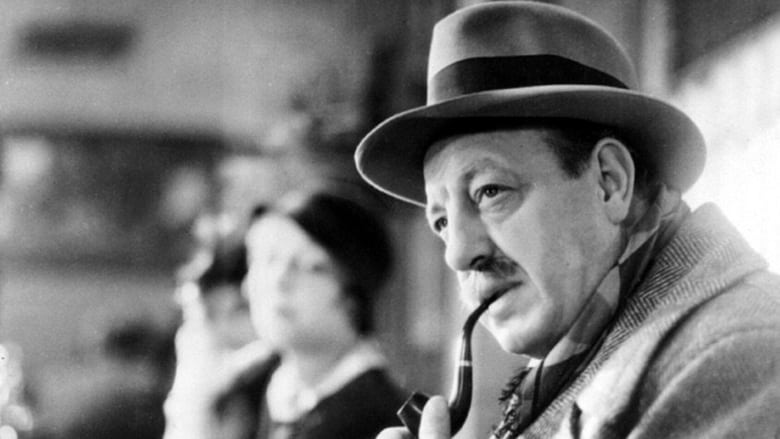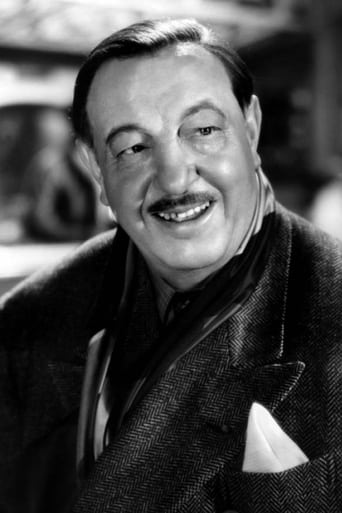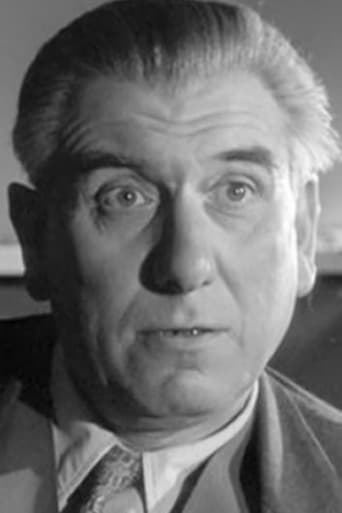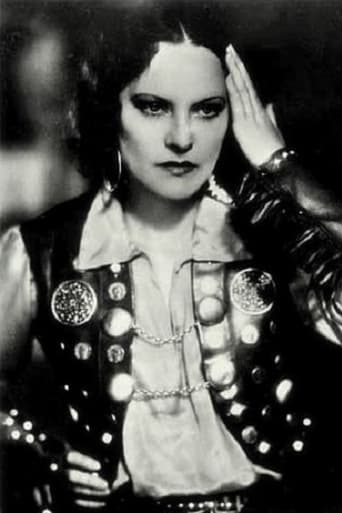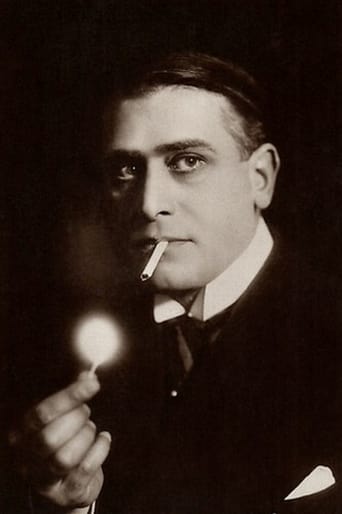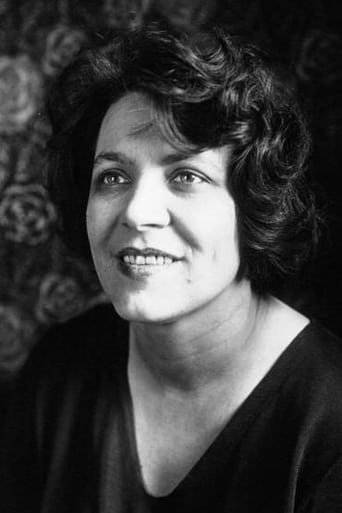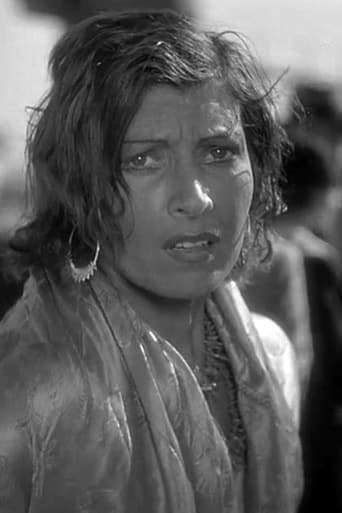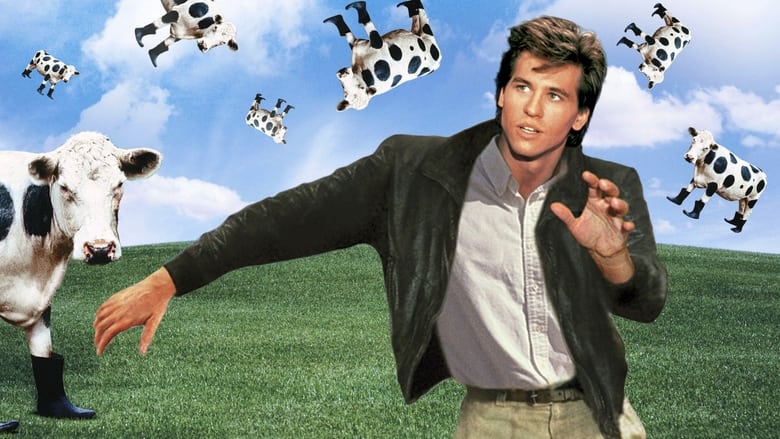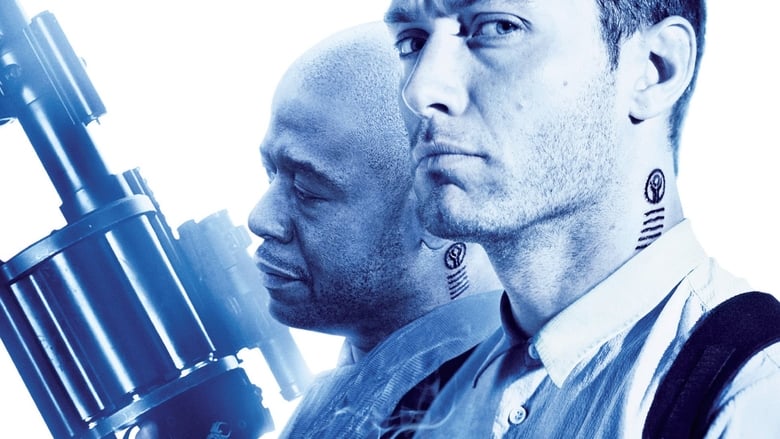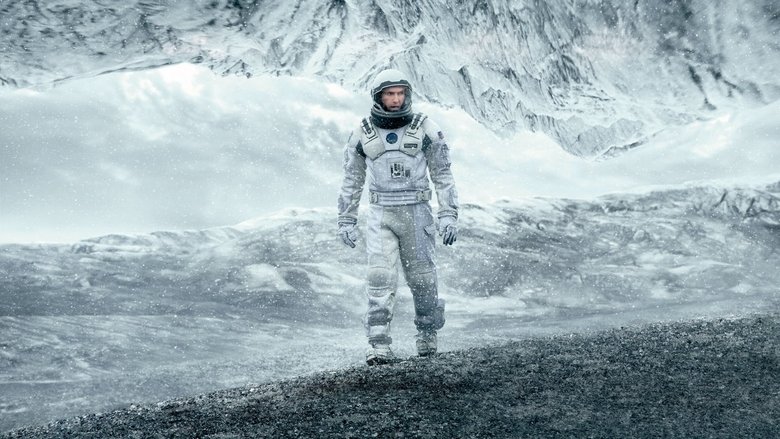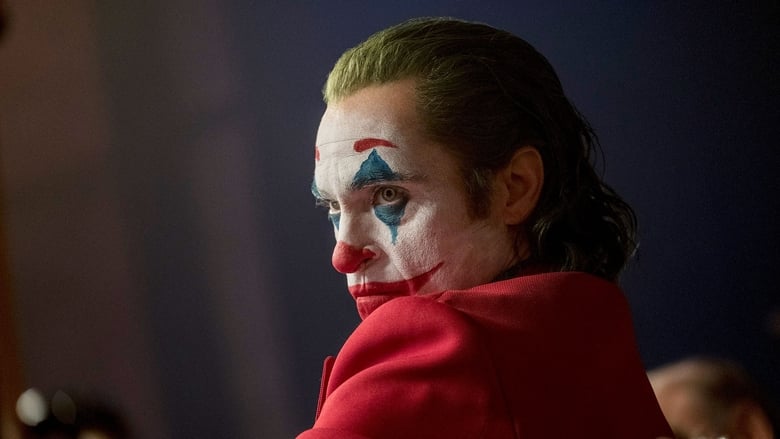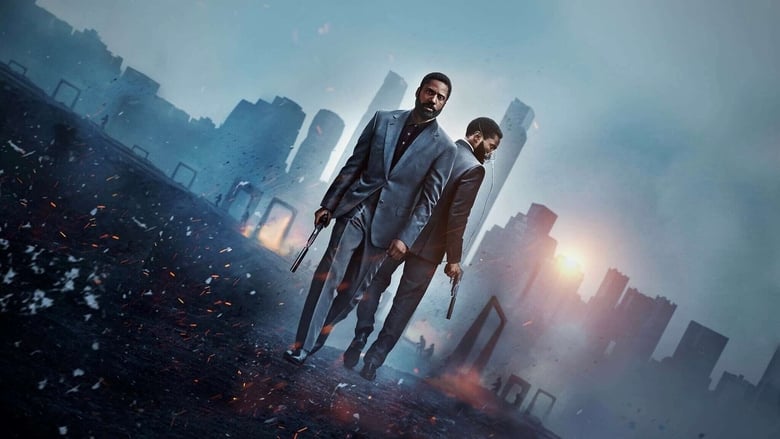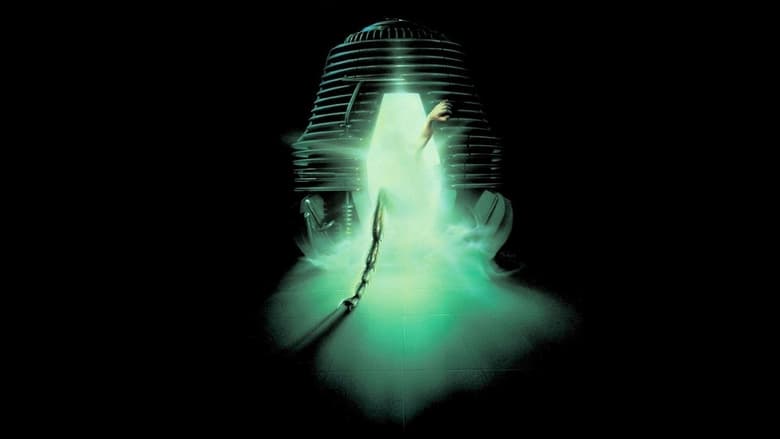Willy Ferrière is a gambler living beyond his means, and his mistress is as greedy as he's dead broke. One day, he says out of loud in a a Montparnasse café that he would give 100,000 francs to get rid of his wealthy aunt so he could claim his inheritance. Someone secretly lets Willy know it's a deal. The old lady is murdered, and a low-life criminal is manipulated to be the perfect suspect. But Superintendant Maigret feels something is wrong.


Similar titles
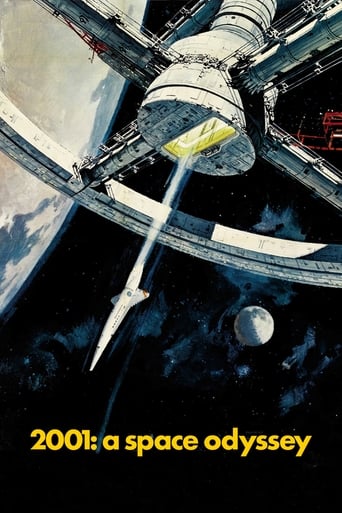
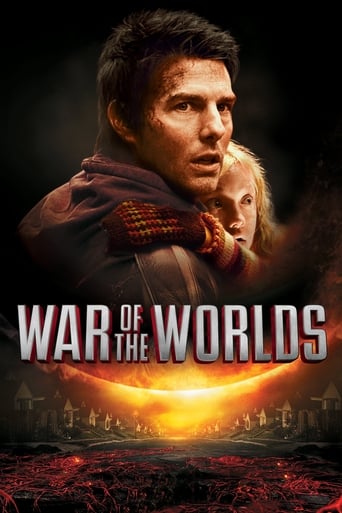


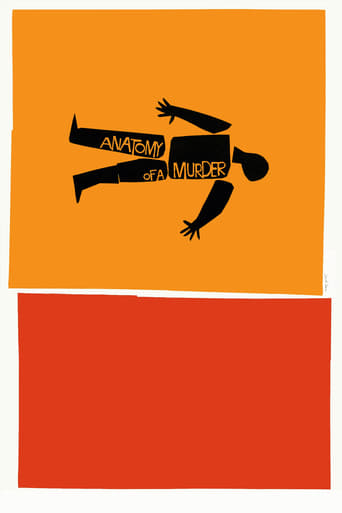
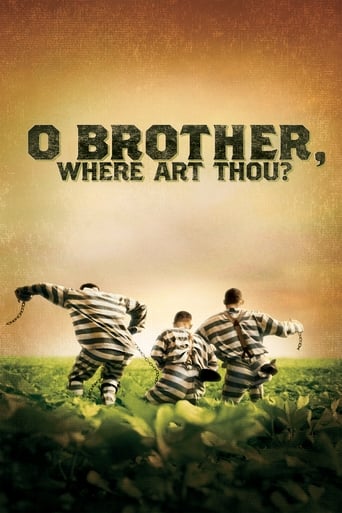
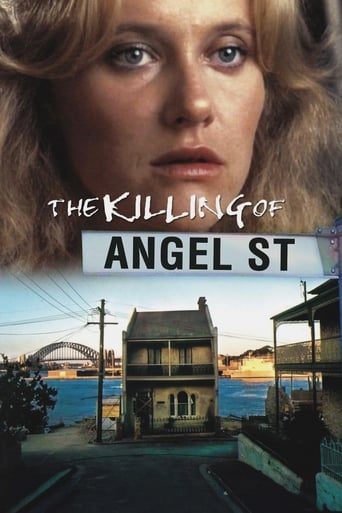
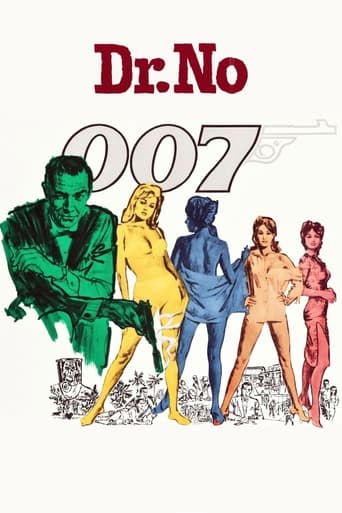

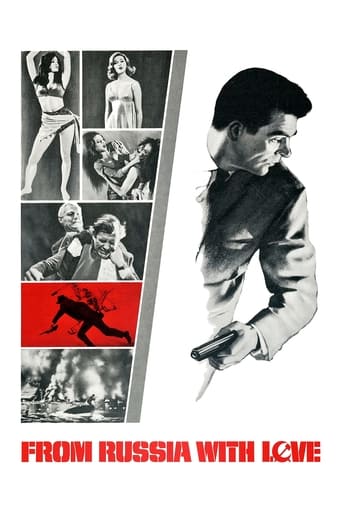
Reviews
This magnificent and brilliant film goes to prove, to any who may not have known, that Julien Duvivier was one of France's greatest film directors. The film is very expressionistic in its shots, shadows, and atmosphere. One can certainly never forget the last, unexpectedly shocking scene of the film. This was the third Simenon novel to be filmed, the first having been filmed the previous year, Jean Renoir's NIGHT AT THE CROSSROADS (1932, see my review), which was a disappointing failure. Here Duvivier triumphs where Renoir sank into the dust. Maigret is played in a droll and understated fashion by the plump and far from glamorous Harry Baur. He says little but accomplishes much, and by eccentric but inspired methods. But the film is dominated by the extraordinary performance of the Russian actor Valéry (Walerian) Inkijinoff as a psychologically complex villain who has only six months to live because of tuberculosis, and therefore has nothing to lose. The intensity, power, and menace of his performance is simply incredible. With him on screen, one could even describe the screen itself as haunted. Inkijinoff had made his mark with his film debut as the Mongol in Pudovkin's STORM OVER ASIA (1928), where his name was spelled properly as Inkizhinov. Here he plays Radek, a penniless Czech émigré living in a cheap hotel room in the centre of Montparnasse, where most of the action of the film is set. He intends to carry out a major crime, but sets up a witless labourer named Joseph Heurtin as a patsy to take the fall for murder. Alexandre Rignault's performance as Heurtin is outstanding. And Duvivier makes the most of this character, showing him walking around with his huge ungainly hands wide open with the elongated fingers dangling, sometimes seen in dramatic shadows which are clearly meant to be reminiscent of the shadows of the actor Max Schreck as the vampire in Murnau's famous NOSFERATU (1922). The closeups of Rignault's puzzled and fearful face, with his large uncomprehending eyes of a fleeing game animal, are immensely powerful. Duvivier has turned this Maigret story into something approaching a Gothic horror tale. We see many lively scenes in Montparnasse cafes, especially a Bar Eden, full of locals nursing their café crèmes, loose women picking up men, and men winking at each other either in complicity or as a sign that they have a good little crime up their sleeves. The compulsive gamblers roll dice on the zinc bar between their Pernods. There is a genuine Montparnasse flavour about this film, which is entirely lacking in Jacques Becker's unsatisfactory and artificial film about Modigliani, THE LOVERS OF MONTPARNASSE (1958). Another strange and compulsive performance in this film is by Gina Manès as Willy's fiancée Edna Reichenberg. Duvivier gives her many lingering closeups where we see her passionately bulging eyes, her fear, her greed, her brazen nature, and when she comes up against Radek, her own incomprehension, equal almost to Rignault's, of that arch-villain's extreme audacity which surpasses anything she has ever known. This film is a deep psychological film masquerading as a Maigret mystery. Duvivier is exploring the limits of human nature with the enthusiasm of a dedicated pathologist. The film really is well described by that popular slang phrase: 'something else'. In other words. 'you gotta see it'. Aspiring film geniuses, be ready to learn from a master.
Harry Baur was the third French actor to play Maigret in as many years and as many films so clearly the character had caught the imagination of the public. Julien Duvivier had been directing films since 1919 and had twenty eight titles behind him, including the brilliant Poil de carrotte, when he tackled his first Simenon and his experience is evident in every frame. He thinks nothing of switching from a Master Shot in, say, a crowded bar, to a Close shot of an individual and intersperses these with Cutaways, a note lying adjacent to a foot, etc. He even shoots one striking scene from a moving car in which we see only the view from a passenger window and allows the unseen occupants to talk over the whole thing. Today, of course, we think nothing of this and possibly even consider it old hat but in 1933 this was high style and it was obvious that a real Master was at work despite the lightness of the plot. If you put your mind to it you could even speculate that Patricia Highsmith got the idea for Strangers On A Train from this movie in which a man mentions in a crowded bar that it would be very convenient if his wealthy aunt were to die and leave him sufficient money to clear his debts and one of the customers takes him at his word and actually does the evil deed. For the time the plot was serviceable but the main interest is how well Duvivier tells his story, handles his actors, and pursues unusual - for the time - camera angles culminating in a climax that finds the murderer trapped beneath the wheel of an automobile, a hand sticking out from (literally) beneath the weight of the wheel and the head at a grotesque angle. Perhaps not quite so good as La Belle Equipe and definitely inferior to Un Carnet de bal and La Fin du jour this is, nevertheless, a fine Duvivier film and a definite 8 out of 10.
...but not as good as "Panique" !There are several good sequences but by and large ,the movie lacks focus,intensity,unity.It's like an orchestra where the musicians play different tunes.Valery Inkijinoff,for instance gives an intense portrayal of this terminally ill man who has got nothing to lose,and Alexandre Rignault is equally good as the poor idiot caught into a trap he does not understand.The couple ,on the other hand,has no real presence and is in direct contrast to their two accomplices.Harry Baur is a not very good Maigret.You'd better see him in Duvivier's "Poil de Carotte" and "David Golder".But there are impressive scenes:the idiot entering the house and discovering the murder;all the sequences that feature Inkijinoff; the final scenes ,which,although they lack mastery ,predate the terrifying conclusion of "Voici le temps des assassins" :no room for a happy end! The 1930-1935 ,in spite of successful flicks such as "Poil de Carotte" and "David Golder",was an experimental time for Duvivier.Hit-and-miss best describes his art which would come into full bloom in the second half of the thirties,and continue (whether the Nouvelle Vague buffs like it or not) through the forties and fifties.
